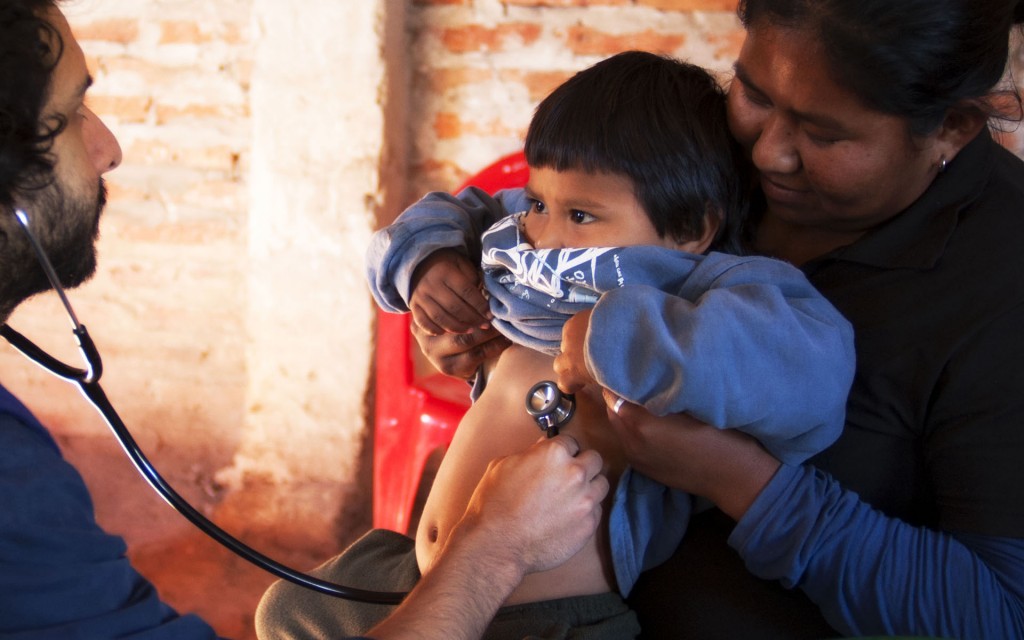CHAGAS DISEASE
A silent and invisible disease.
Chagas disease is spread to people and animals by an insect (vector) called Triatominae or “kissing bug”, infected by the Trypanosoma cruzi parasite. This parasite can affect the heart or the digestive or nervous system of the infected people, causing different degrees of disability or even death.
Chagas is one of the most important endemic diseases in Latin America. Based on estimations from the World Health Organization (WHO), 10 million people are infected in the region.
The World Health Organization accounted for 1.2 million cases in Brazil in 2015, and the Brazilian Society of Tropical Medicine (BSTM) reported more than 6,000 deaths each year for causes related to this disease. More than 1.1 million people could be infected in Mexico and the National Institute of Public Health of Mexico (INSP) advised that 15,000 people could die this year. It is estimated that there are 1.2 million cases and 8 million people at risk of being infected in Colombia.


At present, Chagas incidence is especially evident in rural areas or where living conditions are very precarious. However, current migrations of rural population to urban areas increased the number of people infected by Chagas in the cities where vector is not present.
In summary, Chagas is a sanitary and social problem that affects public health throughout Latin America.



